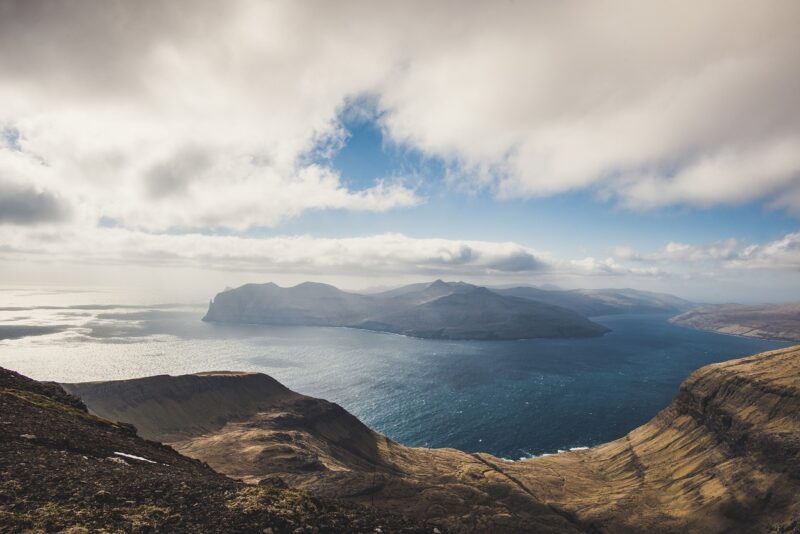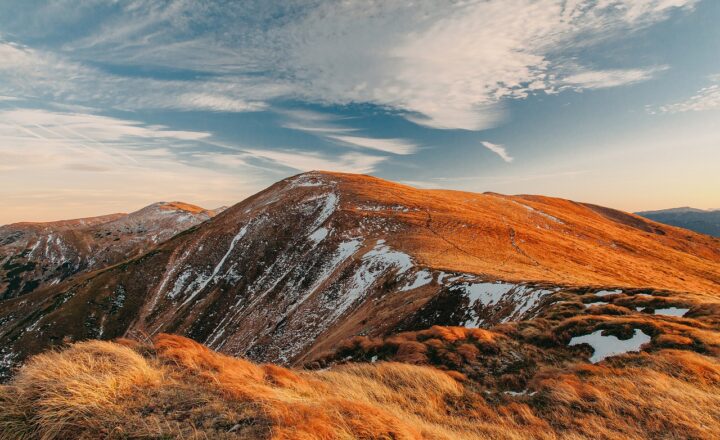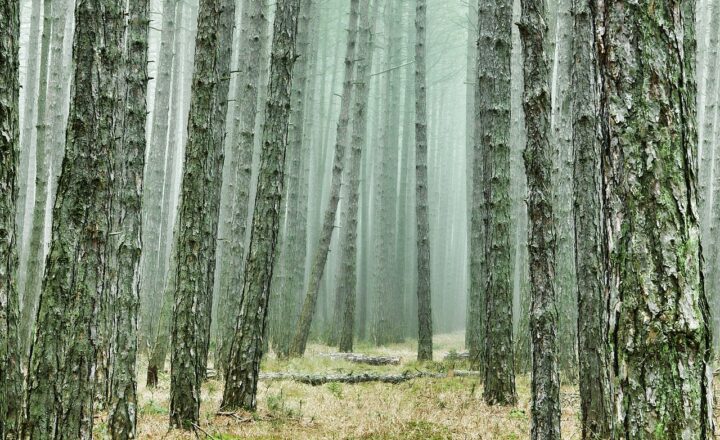
When it comes to destination travel for nature enthusiasts, few places can match the allure and breathtaking vistas of the Faroe Islands. This rugged archipelago, nestled between Iceland and Norway, comprises 18 islands renowned for their stunning landscapes, rich wildlife, and unique cultural heritage. From towering cliffs and cascading waterfalls to lush green valleys and vibrant coastal villages, the Faroe Islands offer a nature lover’s paradise that promises both adventure and tranquility.
1. An Overview of the Faroe Islands
The Faroe Islands, governed by Denmark, are known for their dramatic scenery shaped by volcanic activity and harsh weather patterns. Comprised of approximately 18 islands, each one is distinctive in its geography and charm. The archipelago has a population of around 50,000, with Tórshavn, the capital, being one of the smallest capitals in the world.
Visitors to the Faroe Islands can experience a unique blend of natural beauty, vibrant culture, and an abundance of outdoor activities. Adventure seekers will be delighted by the diverse hiking trails, birdwatching opportunities, and chances for whale watching and deep-sea fishing.
2. Breathtaking Landscapes and Natural Wonders
The Majestic Cliffs of Múlagljúfur
One of the most iconic natural attractions in the Faroe Islands is the Múlagljúfur cliffs located on the island of Viðoy. Nearly vertical and soaring more than 800 meters above sea level, these cliffs are home to an impressive range of seabirds, including puffins and gannets. The view from the top is nothing short of spectacular, allowing visitors to appreciate the rugged coastline and dramatic ocean below.
Waterfalls: A Photographer’s Dream
The islands are peppered with stunning waterfalls that cascade down the mountains into the fjords. Perhaps the most famous is the Múlagljúfur Waterfall, which offers a striking display of nature’s power. The dynamic contrasts between the rushing water against the serene landscape make the Faroe Islands a paradise for photographers.
Stunning Hiking Trails
Hiking is one of the best ways to experience the natural beauty of the Faroe Islands. With numerous trails across various skill levels, there’s something for everyone. Notable hikes include:
- Slættaratindur: The highest peak in the Faroe Islands, offering panoramic views at its summit.
- Ræstingar to Lake Sørvágsvatn: A scenic trail leading to one of the largest lakes in the archipelago, known for its optical illusion that makes it appear to be above sea level.
Each trail provides an opportunity to immerse oneself in nature while experiencing the tranquility and untouched beauty of the islands.
3. Rich Biodiversity
The Faroe Islands are not just spectacular for their landscapes; they are also a hotspot for biodiversity. The islands host a diverse range of flora and fauna, many of which are unique to the region.
Birdwatching enthusiasts will be thrilled by the variety of seabirds that call these islands home during the nesting season, including:
- Puffins: With their colorful beaks and charming personalities, puffins are a favorite among visitors.
- Gannets and Guillemots: As seabirds that thrive on the steep cliffs, they can be seen diving for fish in the surrounding waters.
Moreover, the unique ecosystems found in the Faroe Islands make them ideal for wildlife photographers seeking to capture unforgettable moments.
4. Cultural Heritage and Local Communities
While the natural landscapes are the primary draw, the rich cultural heritage of the Faroe Islands adds depth to any visit. The islands’ history is interwoven with the stories of the Vikings, and visitors can explore ancient ruins, traditional turf-roofed houses, and vibrant local folklore.
Live Like a Local
To enhance the experience, travelers are encouraged to explore the islands through the eyes of the local communities. Engage with the friendly locals, sample traditional cuisine like **skerpikjøt** (fermented lamb), and experience cultural festivals celebrating music, dance, and art. The annual **G-Festival** in Gøta is a lively event that showcases local talent and brings together the community.
5. Year-Round Activities and Accessibility
The Faroe Islands are accessible year-round, with each season bringing its unique charm and opportunities for outdoor adventures.
Summer Adventures
During the summer months, the long daylight hours allow for extended exploration. Nature enthusiasts can enjoy hiking, kayaking, and birdwatching along the pristine coastlines. Wildlife tours are also popular, providing chances to see puffins and seals up close.
Winter Wonders
Winter in the Faroe Islands transforms the landscape into a snowy wonderland. While the weather can be unpredictable, winter activities such as snowshoeing and exploring frozen waterfalls are also available. Travelers can also witness the surreal beauty of the Northern Lights illuminating the night sky.
Conclusion
The Faroe Islands are truly a hidden gem for nature enthusiasts seeking adventure and serenity in a pristine environment. From stunning landscapes and diverse wildlife to rich cultural experiences, the islands offer everything needed for an unforgettable nature getaway. Whether you are hiking majestic cliffs, exploring vibrant villages, or simply soaking in the breathtaking vistas, the Faroe Islands will captivate your heart and soul.
So if your travel goals include pristine nature and genuine experiences, mark your calendars for a trip to the Faroe Islands—a natural paradise waiting to be discovered.






